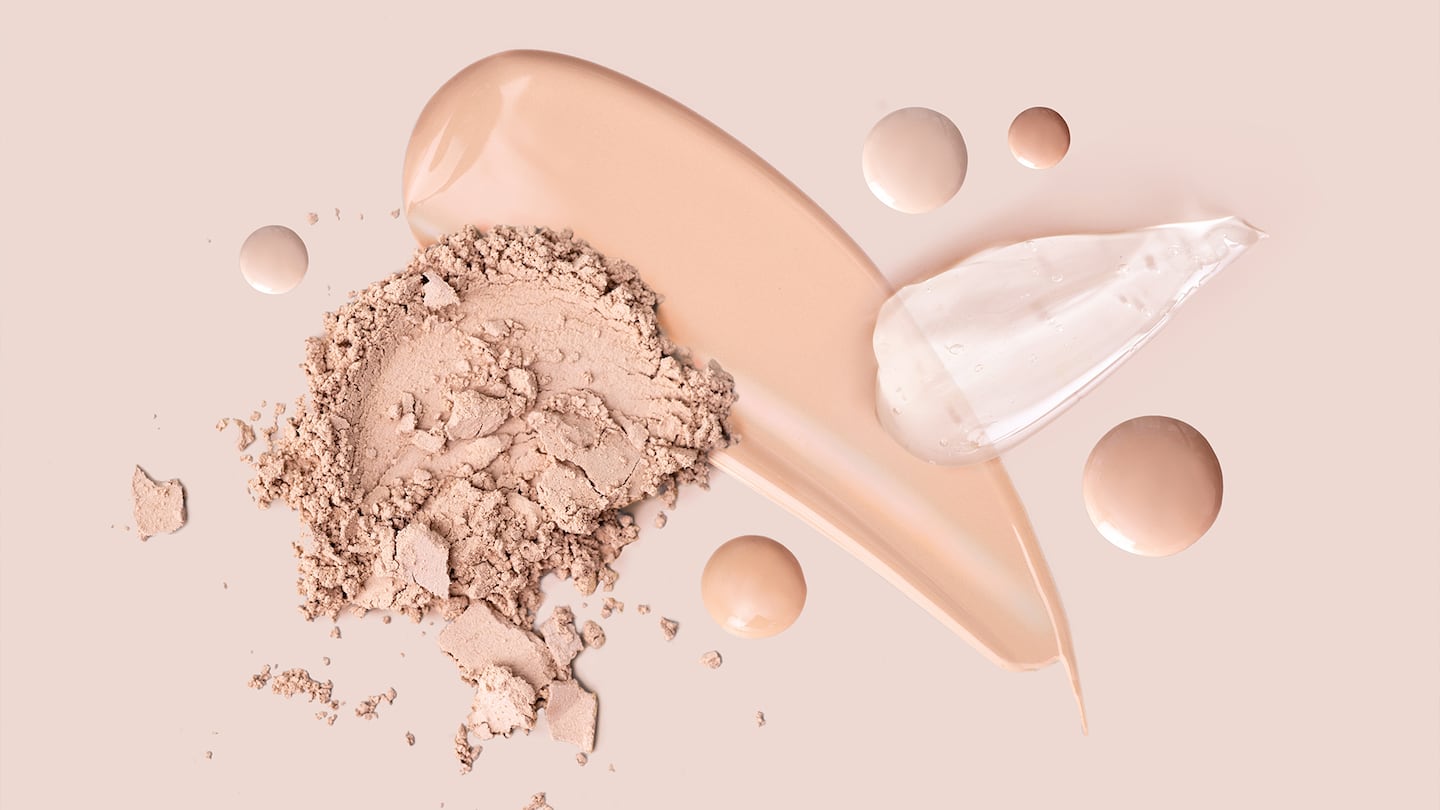
The Business of Fashion
Agenda-setting intelligence, analysis and advice for the global fashion community.

Agenda-setting intelligence, analysis and advice for the global fashion community.

Just before the holidays, skincare line Matter of Fact quietly laid off five employees, representing some 40 percent of its workforce. It was the second round of layoffs for the company in 2023. The company was founded in 2018, and launched its first products in 2021. Two C-suite positions were turned into consultant roles, and Matter of Fact expressed a desire to rehire terminated employees once revenue improved, a person with knowledge of the matter told The Business of Beauty. Matter of Fact did not respond to requests for comment.
Matter of Fact, on paper, has all it needs to succeed. It’s raised $16 million in funding over the course of two years; a $6 million round was secured just in March 2023. It’s a science-backed skincare brand with unique, patent-pending ingredients and it added Sephora as a stockist last summer.
Beyond Matter of Fact, even the most well-resourced beauty brands are experiencing choppy waters.
The second half of 2023 saw the demise of biotechnology company Amyris, which had a number of celebrity-backed brands. In 2022, revenue for its consumer brands spiked as high as $175.5 million. But by June 2023, it had plummeted to $59 million. Forma Brands, the parent company of Morphe, went bankrupt in Jan. 2023, and a year later one of its buzziest brands, Jaclyn Cosmetics, closed. Faculty, the Estée Lauder Companies-backed men’s nail polish brand, dissolved in Aug. 2023.
ADVERTISEMENT
Of course, a great brand or business model on paper is no guarantee of real-world success. Investors have already tried to hedge their bets with smaller, more careful funding rounds, and some founders are seeking lower valuations to prevent overgrowth.
But there’s also the issue of using the wrong yardstick. The period between 2016 and 2019 was known by many as the “disruptor” era within beauty, with cheap digital advertising, a boom in e-commerce and pent-up desire from a raft of underserved communities creating megabrands seemingly overnight. Some of the biggest M&A transactions occurred as brands like Drunk Elephant, Tatcha and Deciem got snapped up. Founder-owned businesses like Anastasia Beverly Hills and Pat McGrath Labs saw their star ascend thanks to big ticket private equity firms. But this model isn’t one that transposes neatly onto current climates.
Borrowing is more expensive, as is digital advertising. Many digitally native brands are locked in the Catch-22 of needing to enter wholesale to scale, but their margins are not able to sustain the same level of profitability if they do. Brands often fail to account for the cost of merchandising in stores, as well as the heightened price of sourcing ingredients and maintaining their supply chain as they grow. In short, small brands can’t – and shouldn’t – act like much bigger ones.
Russ Mould, investment director at stockbroking company AJ Bell, said beauty was reckoning with no longer being the investment world’s darling.
“A lot of [investors] latched onto luxury or prestige beauty brands from a very narrow perspective,” said Mould, adding that these brands were seen to have pricing power because customers enjoyed treating themselves. “Now, the aspirational customer is stepping back, or trading down,” said Mould.
Mould added that early stage firms are more exposed to changes in interest rates as any debts put pressure on cash flow.
Millie Kendall, chief executive officer of the British Beauty Council noted that brands need to stand firm when pushed beyond their means by investors. Recalling a now-closed business she co-founded, the retailer Beautymart, she said, “The investors wanted to see a chief financial officer, so we hired one and basically, we paid him all the money [we’d raised].”
“You’ve got to be lean and mean,” said Bill Detwiler, co-founder and managing partner of investment firm Fernbrook Capital. A business that’s doing between $5 to $20 million in sales doesn’t necessarily need an all-star C-suite team. “Hire a great finance director, for example, and have good accountants you can go to with tricky questions but you probably don’t need a chief financial officer.”
ADVERTISEMENT
In Matter of Fact’s case, the company hired from larger beauty companies like Drunk Elephant and Ouai for top roles like chief marketing officer. Likewise, outsourcing to specialist agencies is often cheaper than hiring in-house staff for marketing and content creation. Detwiler said businesses in their early stages should focus on retention marketing, as new customer acquisition is always more expensive.
“Oftentimes, you look at a business, and they’re growing, but they’re burning tons of cash without a good lifetime customer value,” said Detwiler.
Building a clear path to profitability, focussed on unit economics and repeat customers should be the focus. Describing cash flow as the “true north”, Detwiler advised brands to use zero-based budgeting, rather than assuming that every expense should be carried over from year to year. AJ Bell’s Mould added that brands should focus on defending their competitive position.
“Know why people buy your products rather than anybody else,” he said, adding that if all a brand has is low prices, another brand can always go lower. “If you have to cut costs, product differentiation can’t be one of them,” said Mould.
TikTok trends and buzzy influencer recommendations continue to be the ultimate sources of beauty lovers’ purchase of makeup, skincare and hair care.
Beauty brands are readying for another tumultuous year. Demand is strong, but growth remains challenging with rising customer acquisition costs and a bearish funding climate.
The fundraising landscape is still generally conservative, but companies like Alo Yoga are reportedly seeking multi-billion dollar valuations.

Daniela Morosini is a Beauty Correspondent at The Business of Beauty at BoF. She covers the global beauty industry, with an interest in how companies go to market and overcome hurdles.
How not to look tired? Make money.
In a rare video this week, the mega-singer responded to sceptics and gave the public a look at what her beauty founder personality might be.
Request your invitation to attend our annual gathering for leaders shaping the global beauty and wellness industry.
Excitement for its IPO is building, but in order to realise its ambitions, more acquisitions and operational expenses might be required.